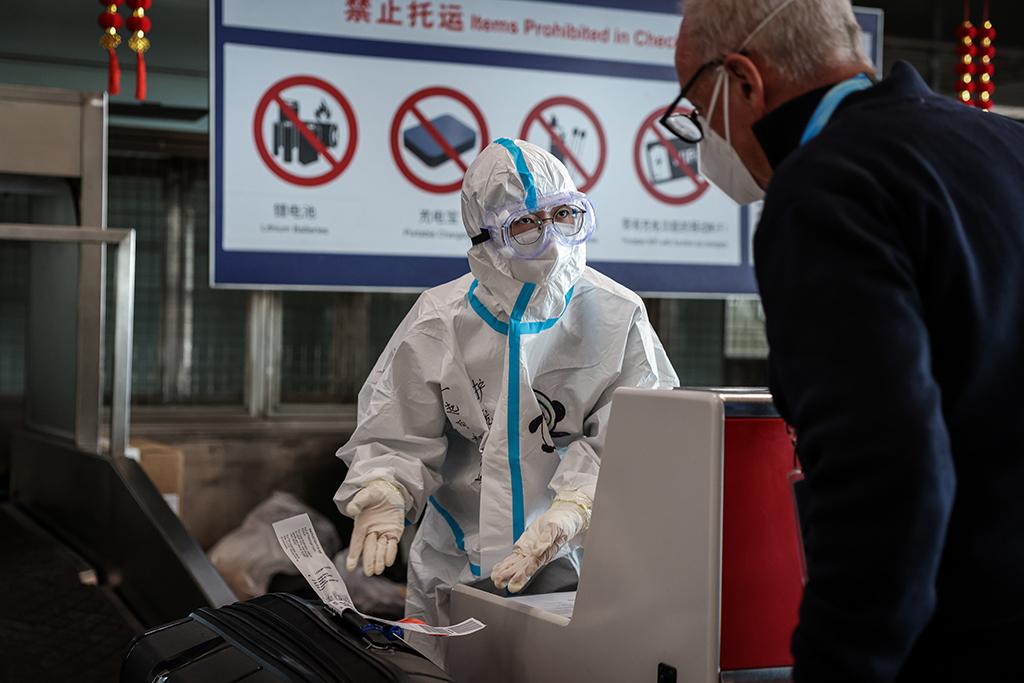
A zero-sum game is a situation in which one person or group can win something only by causing another person or group to lose it.
Continuing to pursue a zero-COVID approach, as China is doing, is turning into a losing game for its people and its air transport industry while the economies and airlines of other regions are getting closer to pre-pandemic norms.
Passenger numbers for February, reported by IATA in April, showed international travel to and from Europe, the Middle East, North America and Latin America all down about 44% versus February 2019. That’s still a heavy drop, but it’s far better than in Asia-Pacific, where international traffic remains 88% down on pre-pandemic levels. Much of that stagnation is based on China’s continued border restrictions and COVID rules.
On domestic air travel, China and the US have the advantage of the world’s largest markets. US airlines have benefited enormously from that in the COVID recovery as Americans have returned to flying in a big way. In February, domestic travel levels were down just 6.6% versus 2019. In China, domestic travel was down 35%.
China is not alone in Asia in continuing border, free movement and quarantine restrictions. Japan has made some international travel possible, but its overall restrictions are severely reducing air travel; domestic numbers were down 54% in February.
But Australia, Singapore, Thailand and other Asia-Pacific countries are lifting their restrictions this year and the effect is similar to what has been seen in Europe and the US. Airports are crowded; friends and families are reuniting; concerts, stadium games, conferences and exhibitions are back in full swing.
London Heathrow, where mask, testing and vaccine requirements were all lifted in early spring, was swarming in early April.
China, by contrast, has maintained its zero-COVID policy, effectively shutting down Shanghai, a city of some 28 million people and a significant trade and tourism center.
The longer Beijing holds on to this policy, the more damaging it will be. China's aviation and tourism industries will fall further behind those of its Asian neighbors in terms of recovery. Foreign companies will become increasingly wary of investing in or sending their employees to a place where they cannot be certain of the risks associated with sudden and severe lockdowns. Tourists will simply go elsewhere.
In the 1990s, China set out on a path to become a leader in global aviation. Its aviation vision was remarkable, greatly improving safety and connectivity. Across China, cities large and small now have first-rate airlines and airports.
Other countries are restoring their global connectivity.
China has a choice: Be a leader in the aviation reconnect or retreat to darker isolation.
